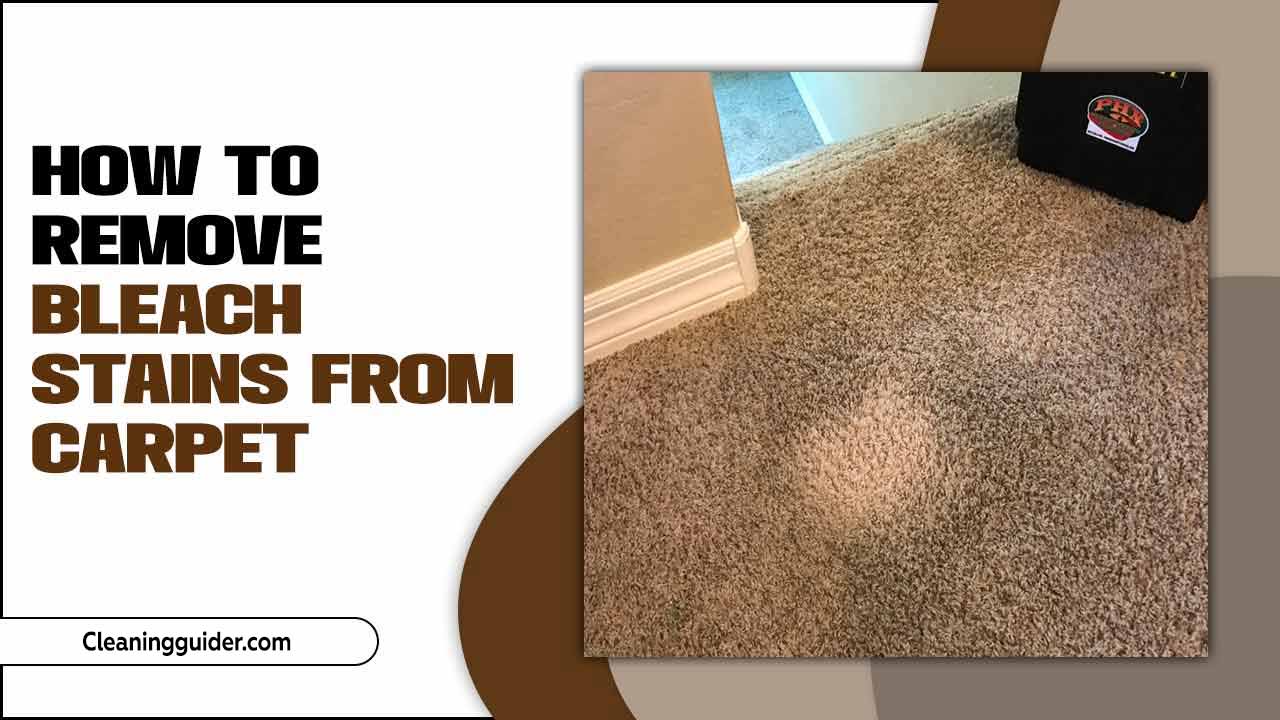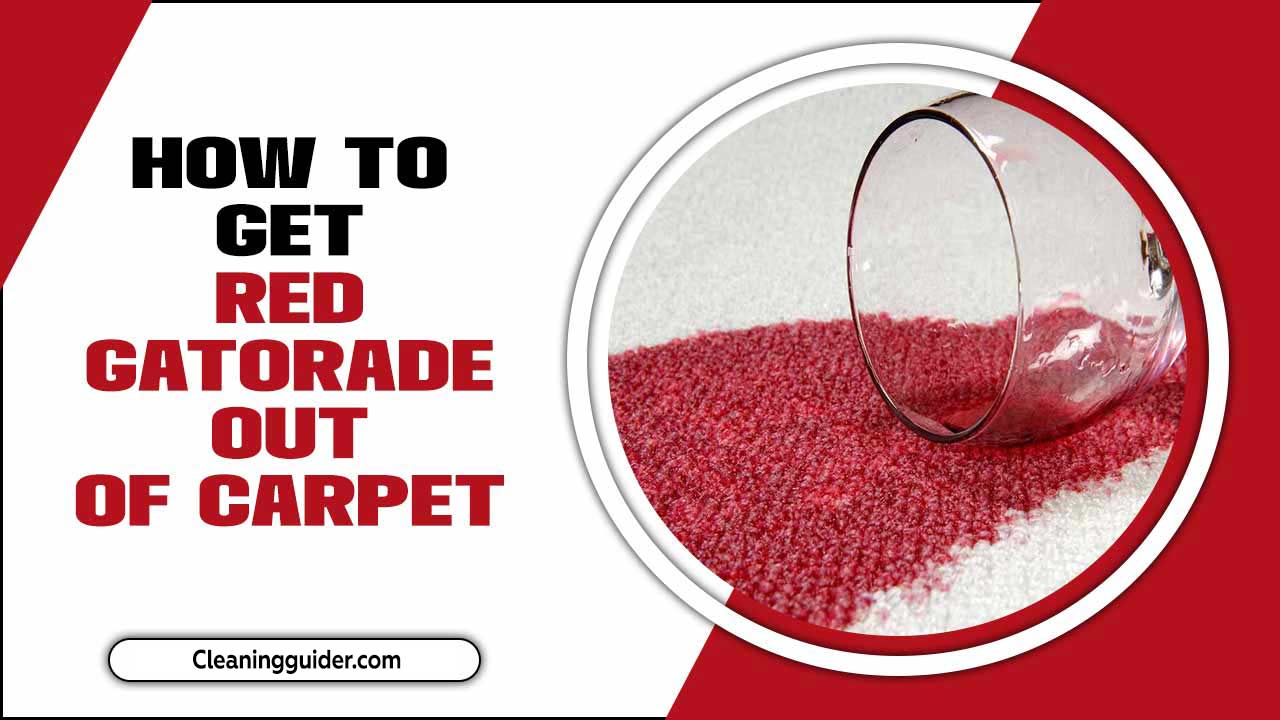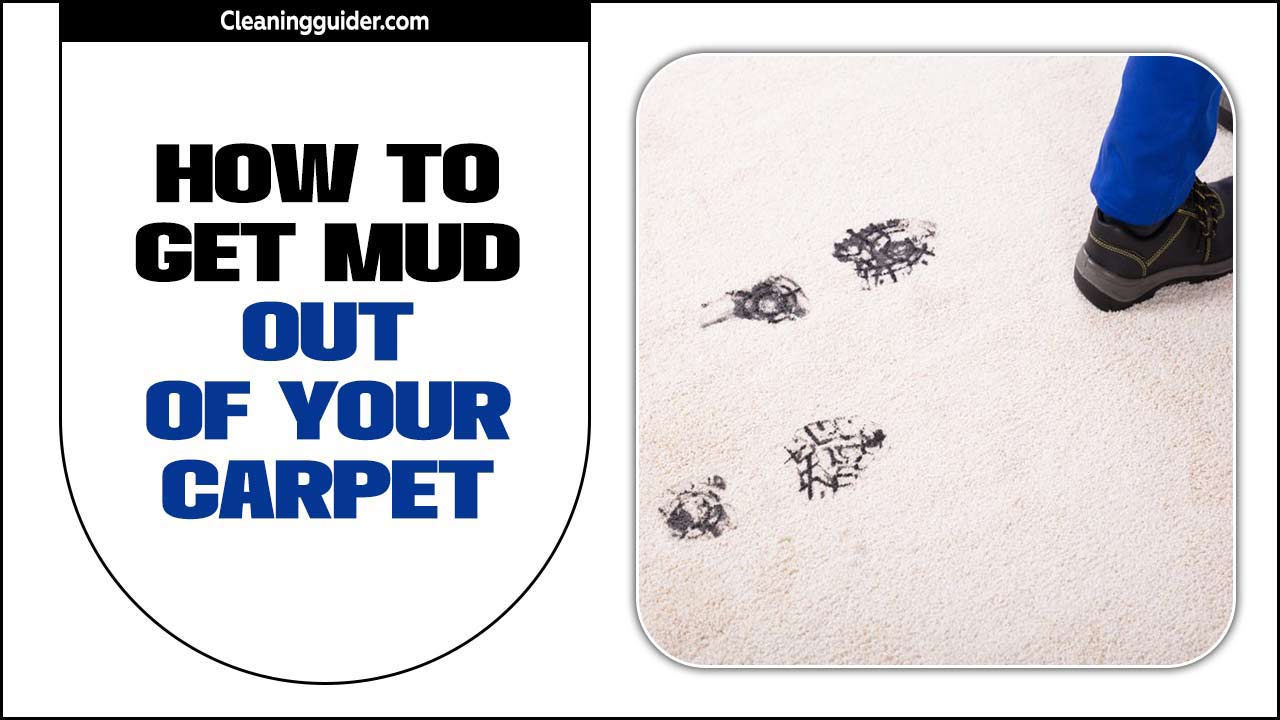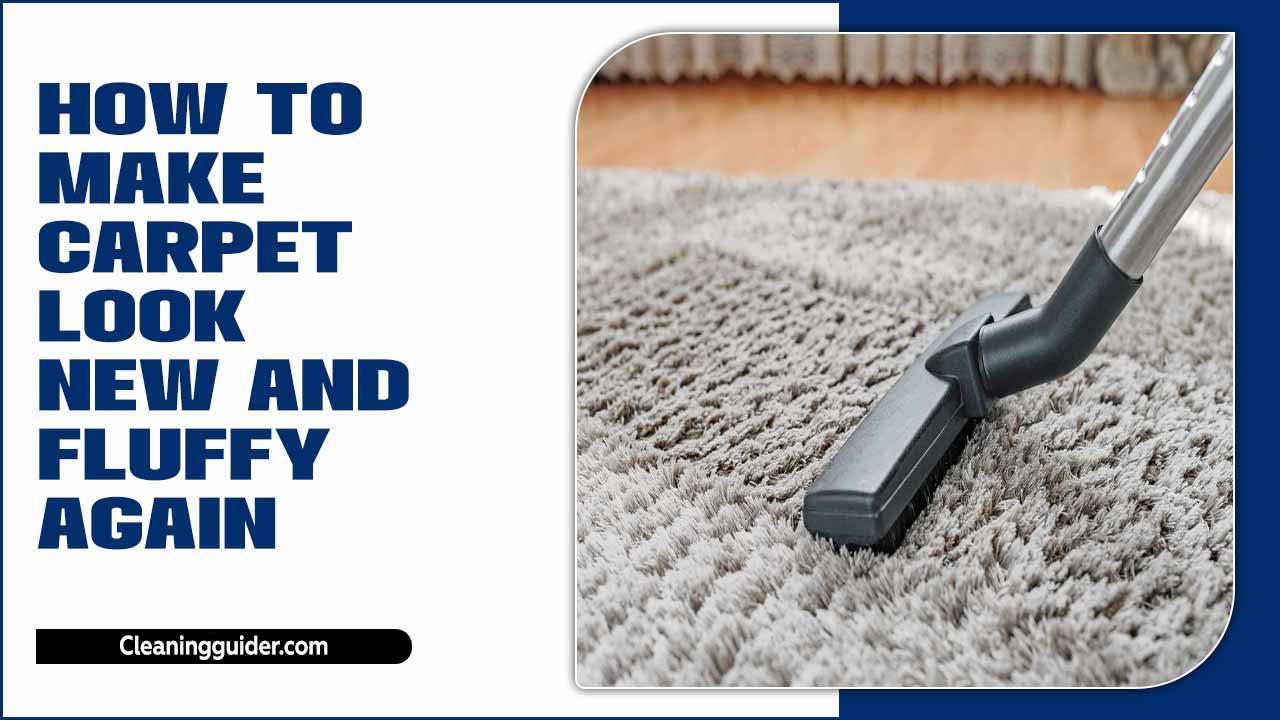Cleaning your home can be a daunting task, especially when you’re not sure where to start. Should you dust or vacuum first? It’s a question that many people have pondered over the years, and the answer isn’t always clear. We will dive into the right approach for cleaning your home and why it is essential to follow proper techniques.
We’ll cover everything from understanding how dust and dirt accumulate in your home to analyzing the pros and cons of dusting before vacuuming. Whether you’re a clean freak or just looking for some useful tips on maintaining a tidy living space, should you dust or vacuum first when cleaning a routine that works for you?

The Importance Of Proper Cleaning Techniques

Proper cleaning techniques are vital in maintaining a hygienic and healthy living environment. Following the correct cleaning sequence is key to achieving the best results. Cleaning professionals recommend starting from the top of the room and working your way down.
This approach helps ensure that any dust or dirt that falls during the cleaning process is captured and removed when you clean the lower parts of the room. Regular cleaning is crucial for controlling the spread of dust and allergens, especially for those with unknown dust allergies or sinus problems.
Dusting and vacuuming are essential components of an effective cleaning routine. Dusting using a microfiber cloth traps even the smallest dust particles, while vacuuming with a quality vacuum cleaner removes larger debris and excess dust particles from floor coverings and curtains. By incorporating these top cleaning tips into your cleaning spree, you can keep your home free from dust and allergens, creating a pleasurable and healthy living environment.
Understanding Dust And Dirt: How They Accumulate And Affect Your Home
Dust is composed of tiny particles, such as pet dander, pollen, and dead skin cells. These particles tend to accumulate on various surfaces within your home, including furniture, floors, and air vents. The buildup of excessive dust can lead to allergies and respiratory problems, affecting indoor air quality.
Regular cleaning is essential in preventing the accumulation of dust and maintaining a healthy living environment. Understanding how dust accumulates enables you to implement effective cleaning strategies to combat its negative effects.
By utilizing the right tools, such as microfiber cloths and a vacuum cleaner with proper attachments, and following top cleaning tips, you can efficiently tackle the spread of dusting in your home. Taking special care of small areas, such as curtain rods and blinds, and investing considerable time in cleaning heavy curtains and floor coverings can yield optimum results in reducing dust particles.
Should You Dust Or Vacuum First When Cleaning? Find Out The Answer Here
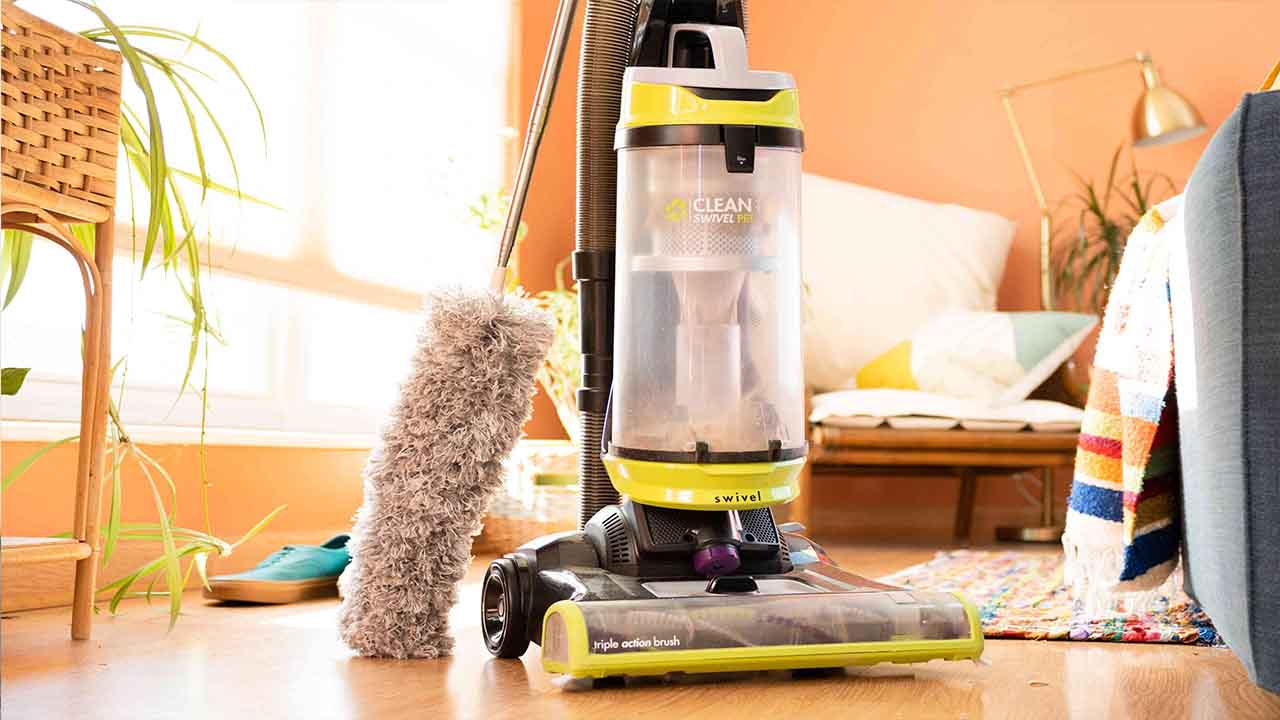
The age-old debate of whether to dust or vacuum first still lingers when cleaning. While no definitive answer applies to every situation, there are some general guidelines to consider. If you start with dusting, you can remove any loose debris or particles from surfaces, making it easier to vacuum up later.
However, if you have a particularly dusty home or suffer from allergies, starting with vacuuming may be more beneficial as it can help capture and remove dust particles from the air. Ultimately, the choice depends on your personal preference and the specific needs of your home. Experiment with both methods and see which one yields the best results. Here is a detailed discussion: should you dust or vacuum first when cleaning?
Dusting Techniques: Tools, Products, And Best Practices
When cleaning, the age-old debate of whether to dust or vacuum first still lingers. While there isn’t a definitive answer, it can be helpful to consider some key factors and techniques when deciding on your cleaning routine. Here are some tips and best practices for effective dusting:
- Please choose the right tools: Opt for a microfiber cloth or duster to attract and hold onto dust particles rather than spreading them around
- Use appropriate products: Avoid using furniture polish or sprays that can leave residue behind. Instead, opt for a dry cloth or a light mist of water to dampen the cloth slightly.
- Work from top to bottom: Start with higher surfaces like shelves and ceiling fans before moving down to lower surfaces like tables and countertops.
- Don’t forget about hidden areas: Dusting isn’t just about visible surfaces. Remember to clean overlooked areas such as baseboards, vents, and lampshades.
- Be gentle: Avoid applying too much pressure when dusting delicate items or electronics to prevent damage.
Ultimately, whether you choose to dust or vacuum first depends on your personal preference and the specific cleaning tasks at hand. The most important thing is to establish a consistent cleaning routine that keeps your home looking fresh and free from dust buildup.
Vacuuming Techniques: Types Of Vacuums, Accessories, And Efficient Methods
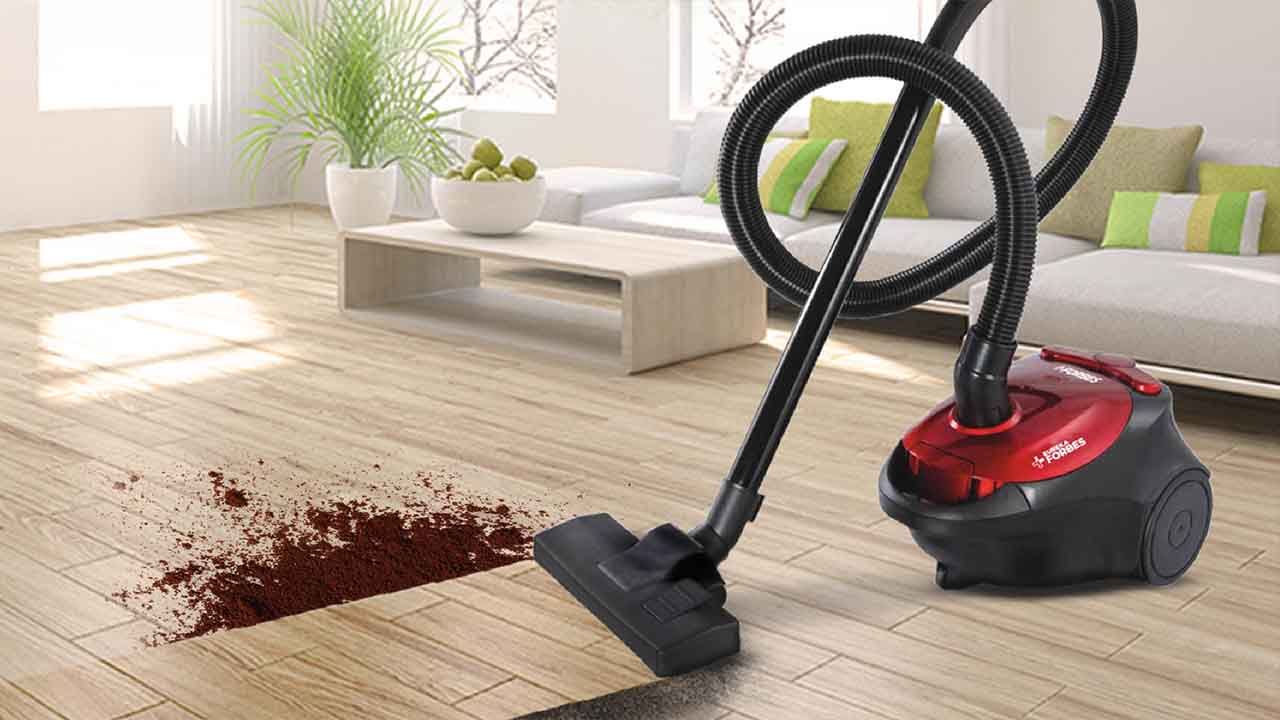
Regarding vacuuming techniques, there are several factors to consider for optimum results. First and foremost, choose a vacuum cleaner with a HEPA filter. This type of filter effectively traps dust and allergens, making it ideal for those with unknown dust allergies or sinus problems.
Additionally, utilizing different attachments for specific surfaces can greatly enhance your cleaning spree. Attachments such as upholstery brushes or hard floor nozzles allow you to clean different areas of your home with ease.
Remember to empty the vacuum bag or canister regularly to maintain optimal suction power and prevent the spread of dusting. Lastly, when vacuuming, make sure to cover high-traffic areas and corners where dust tends to accumulate.
The most efficient way to vacuum is by using a back-and-forth motion, ensuring that all areas are thoroughly cleaned. By following these vacuuming techniques and using the right equipment, you can keep your home free from excess dust particles and maintain a clean and healthy living environment.
The Debate: Should You Dust Or Vacuum First?
The debate over whether to dust or vacuum first when cleaning is a common one. Some argue that it is more efficient to vacuum first, as it can stir up dust and particles that can be easily removed with a duster. Others believe that dusting should come first, as it allows for more thorough dust removal before vacuuming.
Ultimately, the decision comes down to personal preference and what works best for your cleaning routine. Experimenting with both approaches and seeing which order yields the best results for you may be helpful.
Benefits Of Dusting Before Vacuuming
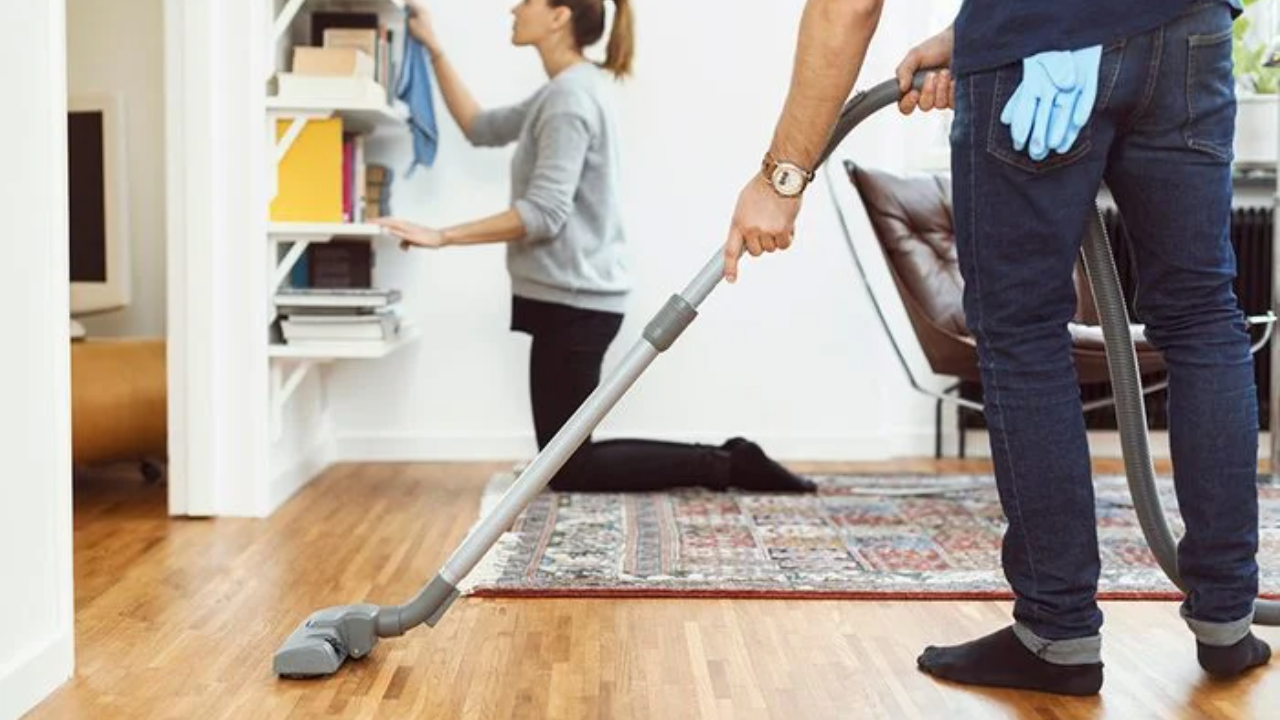
When cleaning, it can be helpful to establish a routine that maximizes efficiency and effectiveness. One popular debate is whether to dust or vacuum first. While there is no one-size-fits-all answer, there are some benefits to dusting before vacuuming:
- Dusting first allows you to remove loose debris and particles from surfaces, making it easier for your vacuum cleaner to pick up any remaining dirt or dust.
- By starting with dusting, you can prevent the spread of dust and allergens that may be present in your home. This can be particularly important for individuals who suffer from allergies or respiratory conditions.
- Dusting before vacuuming ensures that any particles or debris that may have been dislodged during the dusting process are captured by the vacuum cleaner rather than settling back onto surfaces.
- Dusting first gives you a visual indication of areas that may need extra attention when vacuuming. For example, if you notice a buildup of dust on a shelf or furniture piece, you can focus your vacuuming efforts on that area.
Ultimately, deciding whether to dust or vacuum first will depend on personal preference and the specific needs of your space. Experiment with different approaches to find the routine that works best for you.
Benefits Of Vacuuming Before Dusting
Regarding cleaning, there is often debate about whether to dust or vacuum first. While there is no one-size-fits-all answer, there are some benefits to vacuuming before dusting:
- Dust particles can easily be kicked up into the air when vacuuming, so by vacuuming first, you can capture those particles and prevent them from settling back onto surfaces.
- Vacuuming can remove larger debris and dirt from floors and carpets, making it easier to dust surfaces without pushing around dirt.
- By removing loose dirt and debris with a vacuum, you can create a cleaner surface for dusting, ensuring that your dusting efforts are more effective.
- Vacuuming can also help to reduce allergens in the air, which can be beneficial for individuals with allergies or asthma.
Ultimately, the best approach may depend on the specific cleaning tasks and personal preference. It may be helpful to experiment with both methods and see what works best for you regarding efficiency and effectiveness.
Considerations For Specific Areas And Surfaces
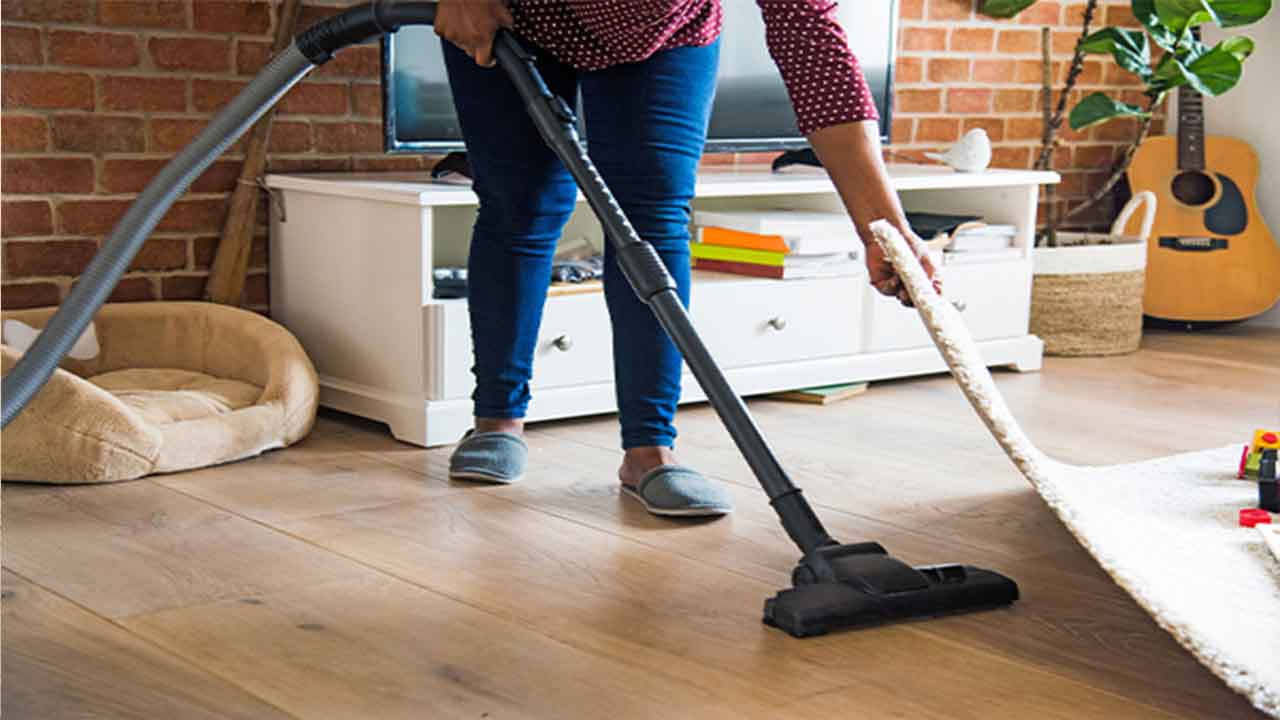
When cleaning specific areas and surfaces in your home, there are a few considerations to keep in mind for an effective and thorough job. First, pay special attention to areas that tend to accumulate more dust, such as light fixtures, ceiling fans, and the tops of closets. These areas are often overlooked but can harbor significant dust if not cleaned regularly.
Using a small brush attachment on your vacuum cleaner for delicate or intricate areas like blinds is best. This allows you to clean these hard-to-reach places without causing any damage. Additionally, don’t forget to vacuum upholstery regularly to remove dust and prevent it from settling deep into the fabric fibers. This is especially important if you or your family have allergies or respiratory issues.
Finding Your Cleaning Routine: Factors To Consider
When cleaning, establishing a routine can help you stay organized and efficient. One question that often arises is whether you should dust or vacuum first. The answer will depend on a few factors. Firstly, consider the level of dust or dirt in your home. If there is a significant amount of dust on surfaces, it may be best to start with dusting to prevent it from settling back onto freshly vacuumed floors.
On the other hand, if your floors are visibly dirty or have crumbs and debris, starting with vacuuming can help remove this before spreading them around while dusting. Additionally, consider your preference, what works best for you, and your cleaning style. Ultimately, the most important thing is to find a routine that works for you and helps you maintain a clean and tidy home.
Tips For Maintaining A Clean Home

Maintaining a clean home can be challenging, but it can be a breeze with the right strategies. Regarding dusting and vacuuming, there is some debate about which should come first. By following these tips and finding a routine that works for you, you can keep your home clean and comfortable for yourself and your family. Here are some tips to help you decide:
- Start With Dusting: Dusting should typically be done before vacuuming. This is because dusting can stir up particles and cause them to settle on surfaces that have already been vacuumed. By dusting first, you can remove any loose dirt and debris from surfaces, making it easier to vacuum up.
- Use The Right Tools: When dusting, use a microfiber cloth or duster to trap and remove dust particles. Avoid using feather dusters or dry cloths, as these can move dust around instead of removing it.
- Vacuum Efficiently: Use the appropriate attachments for different surfaces and furniture. Start by vacuuming high-traffic areas and then move on to less frequently used areas. Don’t forget to vacuum under furniture and in corners where dust accumulates.
- Establish A Cleaning Routine: To maintain a clean home, establish a regular cleaning routine that includes both dusting and vacuuming. This will help prevent dirt and dust from building up and make your cleaning tasks more manageable.
Conclusion
There is no one-size-fits-all answer to whether you should dust or vacuum first when cleaning. It ultimately depends on your preferences, the specific areas and surfaces you are cleaning, and the type of dirt and dust in your home. However, both dusting and vacuuming are essential steps in maintaining a clean and healthy living environment.
Dusting before vacuuming can help remove loose particles and allergens from surfaces, preventing them from being stirred up and recirculated in the air during vacuuming. It also allows for a more thorough cleaning of hard-to-reach areas. On the other hand, vacuuming before dusting can help remove larger debris and dirt from floors and carpets, making the dusting process more effective.
It can also save time and effort by eliminating the need for additional sweeping or mopping after dusting. Ultimately, the best approach is to find a cleaning routine that works for you and your home. Regular cleaning will help maintain a clean and healthy living space regardless of the order. We hope you understand should you dust or vacuum first when cleaning?
Frequently Asked Questions
1.What Order Should You Clean A House?
Ans: Start your cleaning routine by working from top to bottom. Begin by dusting high surfaces like ceiling fans, light fixtures, and shelves. Then, move on to cleaning furniture and other surfaces using a damp cloth or appropriate cleaning solution. Finally, finish up by vacuuming or sweeping the floors.
2.Does Vacuuming Kick Up Dust?
Ans: Vacuuming can kick up dust if the vacuum lacks a HEPA filter. Using a vacuum with a HEPA filter is recommended to capture dust and allergens. To ensure thorough cleaning, vacuum after dusting to capture any remaining particles. Regular maintenance of your vacuum helps prevent the spread of dust.
3.What Is The Proper Way To Clean Dust?
Ans: To properly clean dust, use a microfiber cloth or electrostatic duster to trap and remove particles. Start from the top of the room and work your way down to prevent redistributing dust. Use a vacuum with a HEPA filter to capture smaller, unseen particles. Avoid feather dusters that can release dust back into the air.
4.Should I Dust Before Wiping?
Ans: Yes, it is recommended to dust before wiping. Dusting removes loose particles and prevents them from being pushed around while wiping. Wiping after dusting ensures thorough cleaning of surfaces. Use a microfiber or slightly damp cloth for effective wiping.
5.How Often Should You Dust?
Ans: Dusting frequency depends on factors like location and the number of people or pets in your home. A general rule is to dust at least once a week. However, high traffic areas or allergen-prone spots may need more frequent attention. Regular dusting improves air quality and reduces the need for deep cleaning.

